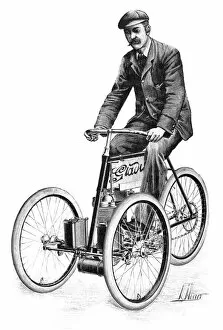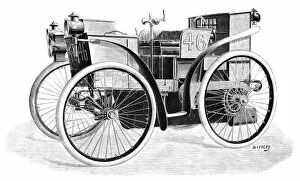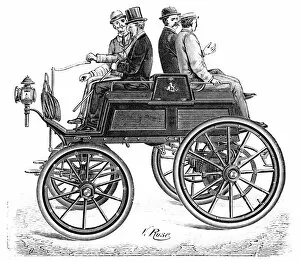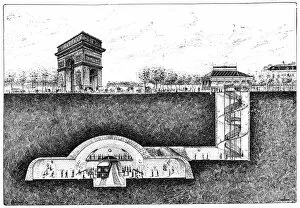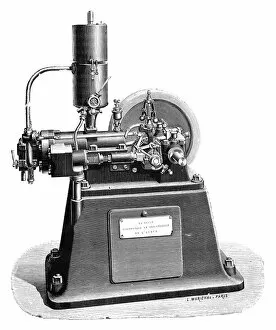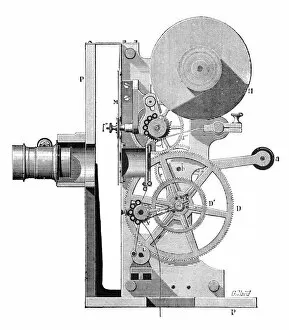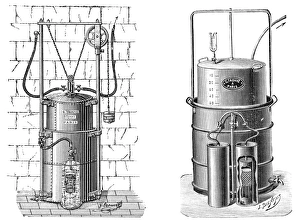Scientific And Industrial Review Collection
In the year 1897, scientific and industrial advancements were on the rise, paving the way for a future filled with innovation and progress
All Professionally Made to Order for Quick Shipping
In the year 1897, scientific and industrial advancements were on the rise, paving the way for a future filled with innovation and progress. The Thomson-Houston dynamo illuminated cities with its powerful electrical currents, bringing light to even the darkest corners. Meanwhile, Ernest Bazin's roller ship glided effortlessly across water surfaces, showcasing the potential of alternative modes of transportation. The Gladiator petrol tricycle roared down streets, marking a significant step towards modern automobiles. It was also in this year that Michelin tires made their debut on a car for the first time ever - revolutionizing road travel as we know it today. The Burrell steamroller dominated construction sites with its sheer power and efficiency while Lefebvre and Rossel introduced petrol-powered cars into mainstream society. These vehicles promised an exciting future where personal mobility would become more accessible than ever before. Not limited to land-based innovations alone, plans for a Paris metro station were underway in 1897 - envisioning an underground network that would transform urban transportation forever. Additionally, Otto gasification units provided efficient energy solutions by converting coal into gas fuel. Electric tram junction points ensured smooth transitions between routes while Lacroix's petrol locomotive showcased how trains could be powered by petroleum instead of traditional steam engines. Furthermore, petrol-powered electric lights brightened up streets at nightfall - enhancing safety and visibility for all. As we reflect upon these remarkable achievements from 1897, it becomes evident that science and industry have always been intertwined forces driving humanity forward. These groundbreaking inventions laid the foundation for our modern world – one where technology continues to shape our lives in unimaginable ways.



